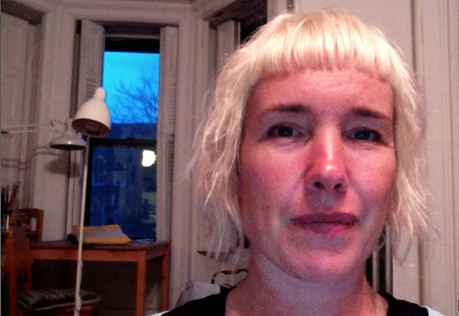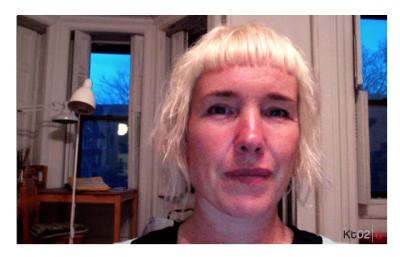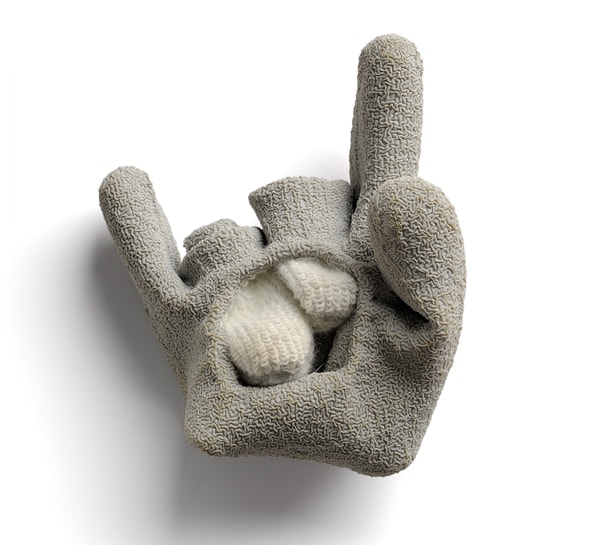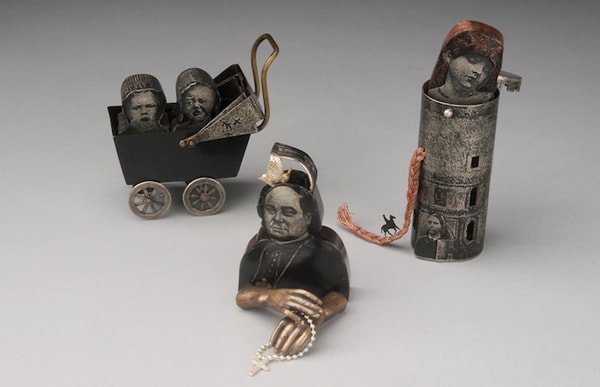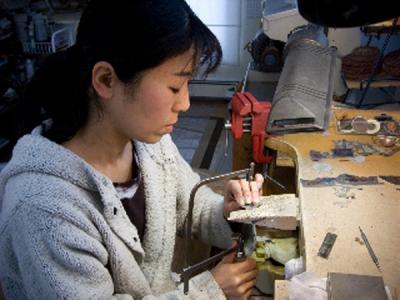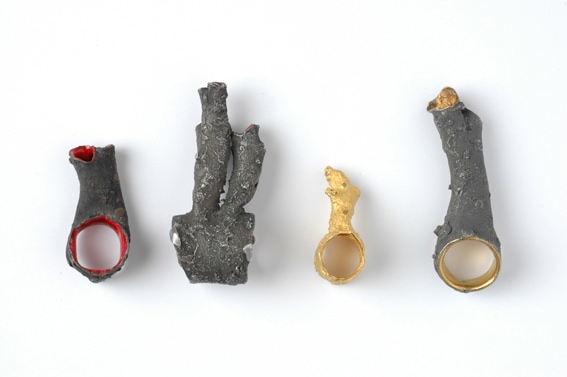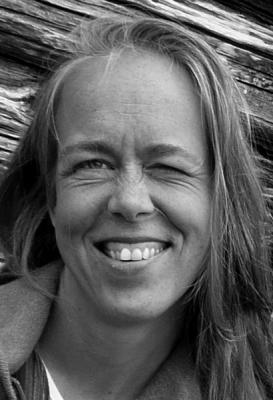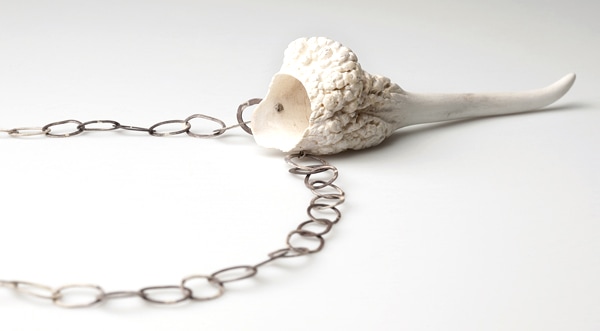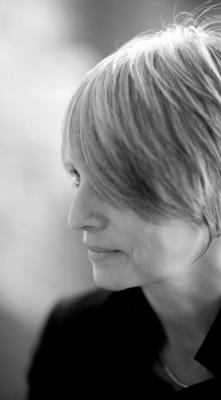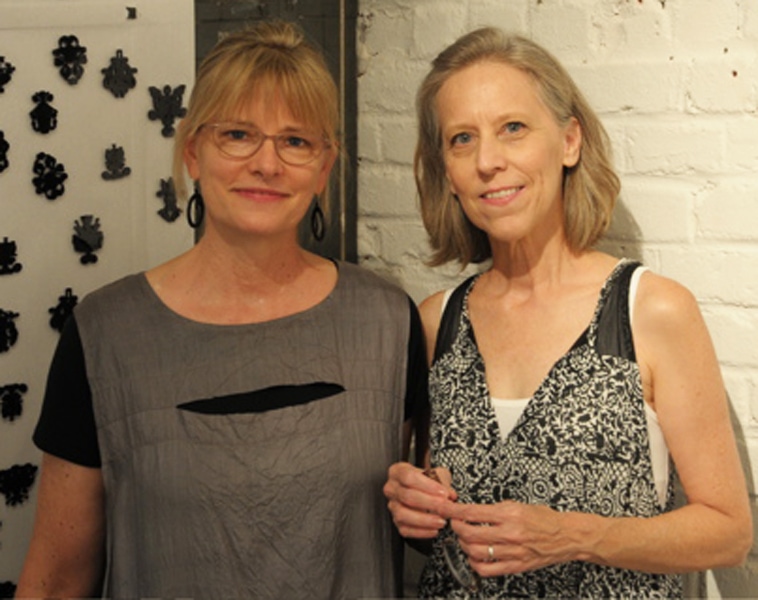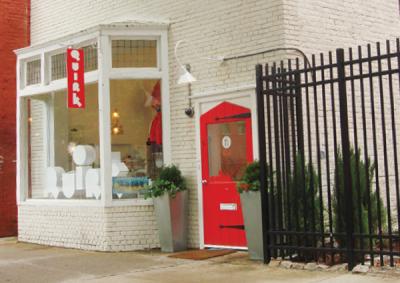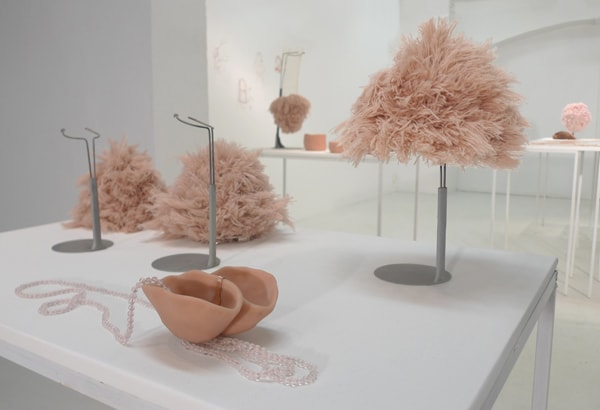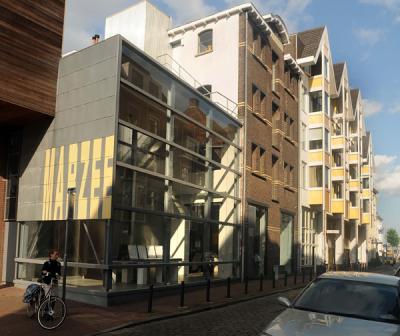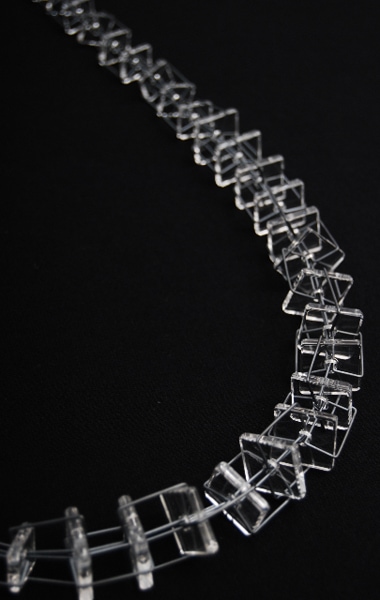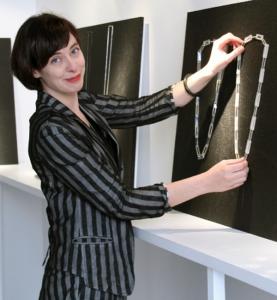Johanna Dahm: Enhancements
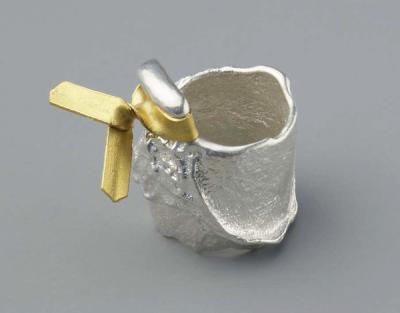 Galerie Ra in Amsterdam was an early champion of contemporary jewelry. It was established in 1976 by Paul Derrez, a jeweler and legendary visionary. Paul continues to run his gallery and this month we catch an exhibition there of the work of Johanna Dahm. She is doing the same rings as she has for a long time but with Enhancements, which is the title of the show.
Galerie Ra in Amsterdam was an early champion of contemporary jewelry. It was established in 1976 by Paul Derrez, a jeweler and legendary visionary. Paul continues to run his gallery and this month we catch an exhibition there of the work of Johanna Dahm. She is doing the same rings as she has for a long time but with Enhancements, which is the title of the show.
Susan Cummins: You have probably answered this question many times, so I have to request your patience, but you are known for making rings using a casting technique acquired from the African Ashanti and Indian Dokra. Can you please talk about that process?
Johanna Dahm: Compared to other lost-wax casting methods around the world, theirs is unique and genius. Both cultures, living so far apart, not even aware of each other, share a process aptly described as casting in a closed cycle. Yes, the wax model is lost after it has been encased in clay and melted out, yet is still there in its negative. This shell is joined with a layer of clay to the crucible containing the metal, looking like a Babushka. An old oil barrel serves as a furnace, like those of the Ashanti. I love the 1100-degree heat and the smell of glowing bright yellow coal. With long tongs the glowing forms are pulled out of the furnace and merely flipped upside down for casting. This is the closed cycle technique, everything mysteriously hidden to the eye, no separate melting and pouring of the metal. The most exciting part is cracking open the form. Has the piece been cast successfully, or is everything lost? This closed cycle process has great advantage, but as usual only if mastered. Lost and Found: The Ashanti Trail to Rings was thus the title of my first book.
Johanna Dahm: Enhancements Read More »



